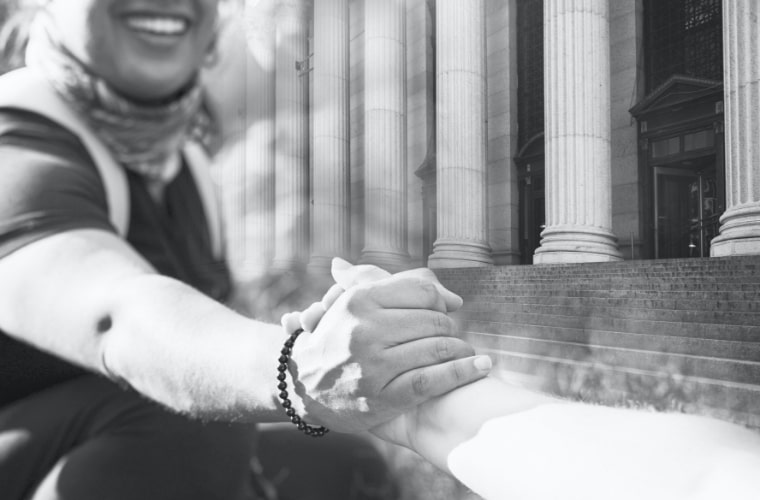A Brief History of
Oppressive Education
Public education has been a central focus during the COVID-19 pandemic and the recent, widespread demand for the eradication of systemic racism and the subsequent backlash. Given its immensely important charge of preparing young people for the future, education will also be at the confluence of coming disruptions and their implications. Despite wide-ranging innovations to teaching and learning, many of which were accelerated by COVID-19, and despite many well-intentioned attempts at reform, the vast majority of the public education system looks much the same as it did decades ago. The points below illustrate how education systems remain oppressive.
- Segregated and unequal: Many school systems remain highly segregated (García, 2020), despite the Supreme Court’s rulings in the 1954 Brown v. the Board of Education case that ruled racial segregation in public schools unconstitutional and in the 1971 Swann v. Charlotte-Mecklenburg Board of Education case that declared desegregation busing constitutional.
- A funding model that entrenches poverty: The schools that many learners of color attend are disproportionately and chronically underfunded due to a funding system based on ZIP codes that leaves schools in high-poverty areas with fewer resources than those in more affluent neighborhoods (Lombardo, 2019).
- Biased tracking models that further target and segregate: Academic tracking systems persist and further segregate schools, separating students of color and students from low-income families from others even inside school buildings (Francis & Darity Jr., 2021).
Education is often deemed to be a great equalizer. Yet large-scale, systemic change and true equity have been elusive, and education systems remain oppressive (Edsall, 2021). This inertia reflects education systems’ foundational assumptions. Education systems were built from the viewpoint of White-dominant culture, which is also largely responsible for maintaining education’s status quo and society’s power hierarchy.
At their best, educational innovations and reforms have provided some short-term relief for some students. Nonetheless, a student’s academic achievement can still be predicted based on their residential ZIP code (Marimón, 2019), the color of their skin (Feathers, 2021) and their family’s socioeconomic status (Kim, 2018).
This structural predetermination of outcomes is built into current education systems. It keeps young people, families and communities locked in cycles of poverty (Local Initiatives Support Corporation) and inhibits them from participating fully in society (Jeffrey & Sargrad, 2019). It also creates the conditions where, to succeed in the education system, learners, especially those living in poverty or coming from historically marginalized yet resilient backgrounds, experience what abolitionist educator and professor Dr. Bettina Love describes as “the educational survival complex” (Deardorff, 2021). They experience an educational system “built on the suffering of students of color” where “students are left learning to merely survive” (Deardorff, 2021). This suffering can take many shapes, such as leaving pieces of themselves at home; conforming and outworking many of their peers who come from privileged backgrounds; and fighting against low expectations, toxic stress and a myriad of other barriers.
This situation is morally wrong.
Up Next:
Chapter 2: Two Critical Uncertainties
Questions about social cohesion and the responsiveness of public institutions will shape future possibilities
